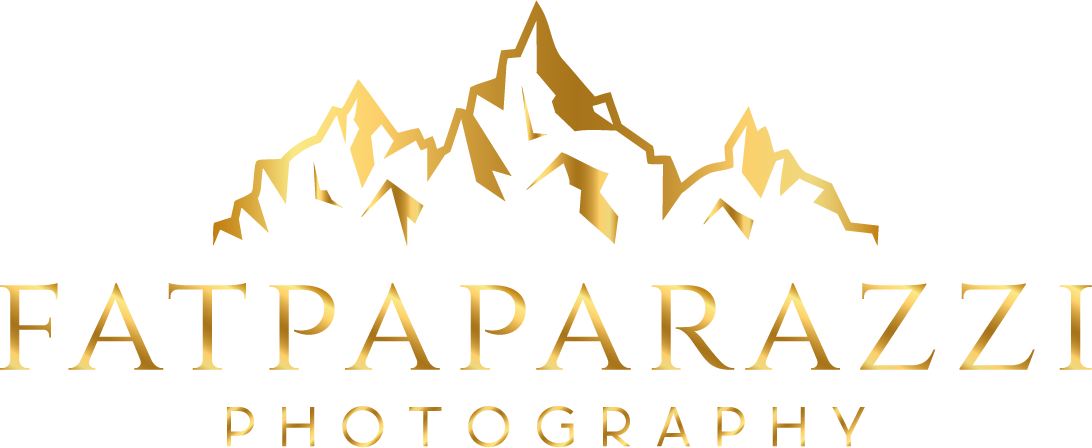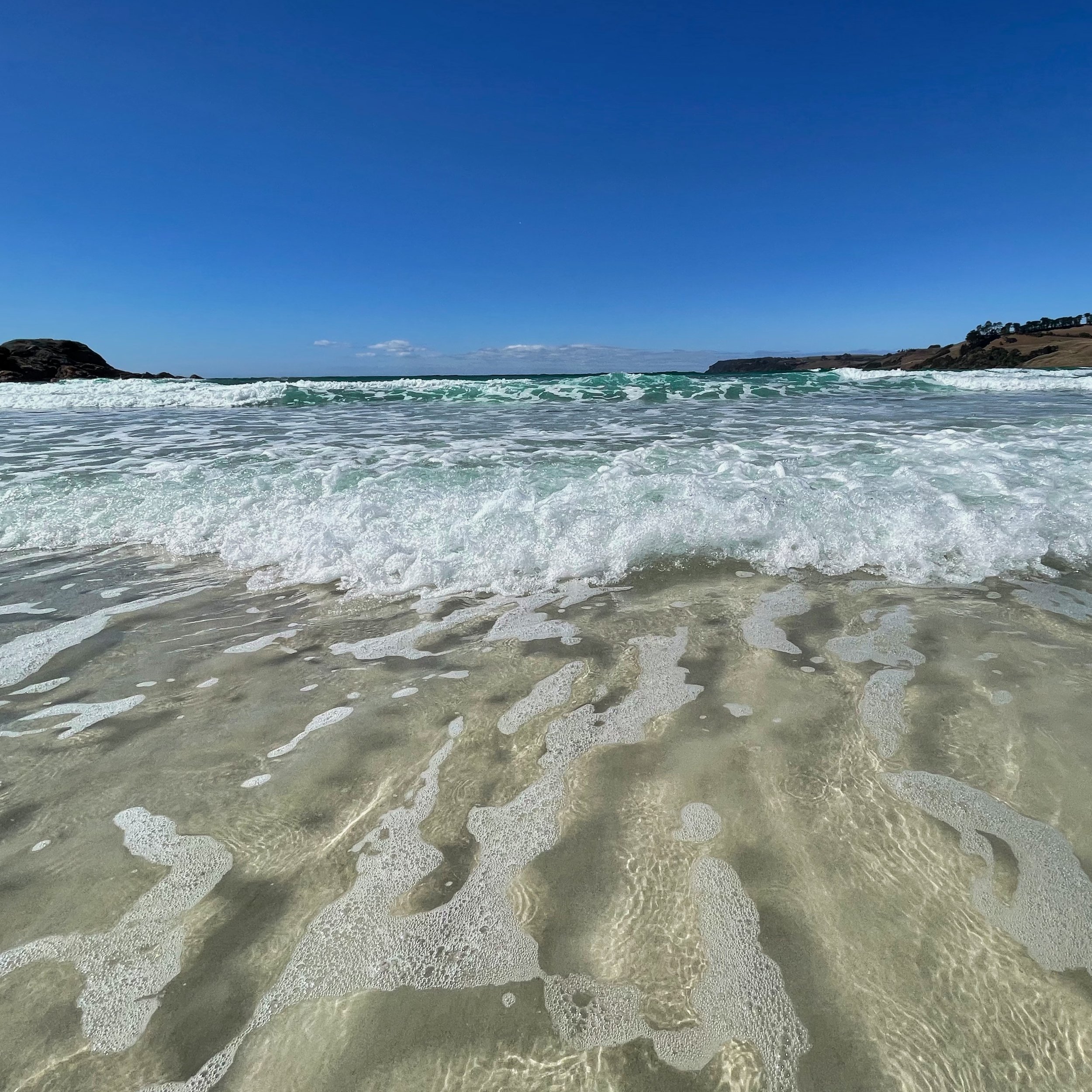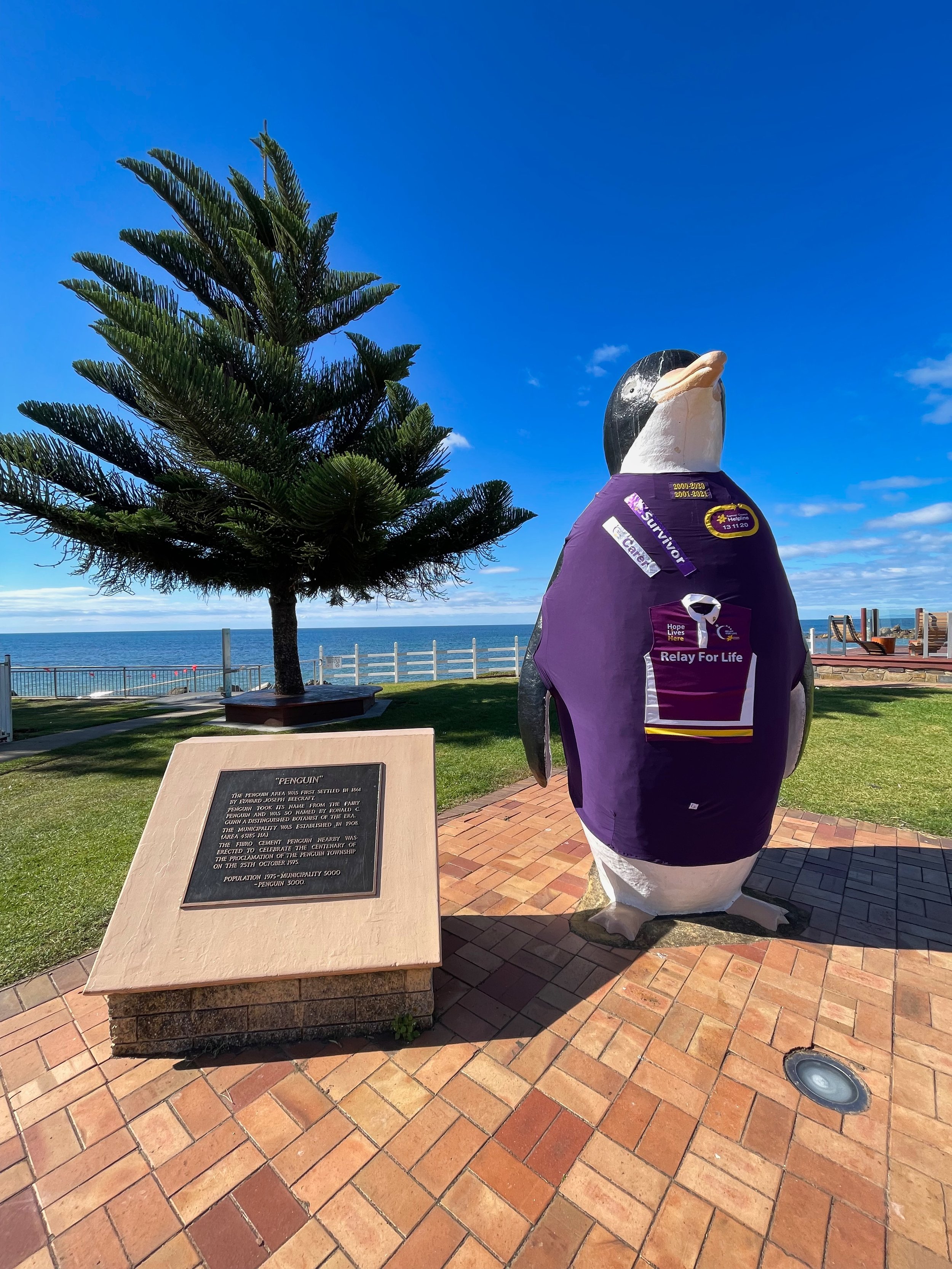8th Light - Arthur River to Bridport
Given the late finish last night, we afforded ourselves a little sleep in and fired up Anthony’s internal hot water system to shower in the wild. Warmed up and free from sand, we hit the road again by mid morning with a mission of capturing the wonders of The Edge of the World in the perfect, clear morning sunshine.
Considered Tasmania’s most westerly mainland point, this rugged and windswept outpost rolls deep with crashing waves onto razor like rocks littered by huge deposits of driftwood, and cutting through the chaos is the tranquil mouth of the Arthur River teeming with foraging bird life. What blows the visitors mind larger, is the realisation that if you could see infinitely, the next sighting of land would be the eastern shores of Argentina some 11,000 Kilometres away, making this the longest uninterrupted expanse of ocean on the globe.
The Edge of the World
We completed the Tarkine Drive by returning to Smithton, then headed east to cross the northern coast of the island by days end. Today would be our longest day on tour, and in hindsight, a section we would have liked another day to complete. But we were always limited by time and needing to make sacrifices in places.
The first stop was Rocky Cape National Park and climbing its peak in search of Rocky Cape Lighthouse. Now, when we say climb, we mean drive. Anthony did all the hard work today! Atop a short stretch of graded road we discovered said lighthouse precariously perched on some of the most beautifully coloured cliff faces we have seen. The noon sun cast full light on these promontories further detailing their colour and texture, and crashing at their base, the deep blue hue of Bass Straight turned white, then blue again. The lighthouse itself was built in 1968 and still active to this day, but rather more bizzarly, research by Monash University found Rocky Cape National Park home to some rocks thought to be from the Grand Canyon, suggesting Tasmania was once connected to the West Coast of the USA.
Next we rolled into Boat Harbour where the beach of course was the main attraction. Often included among australia top 10 beaches, this family friendly cove of purest white sands and aquamarine waters made this without argument our designated lunch stop for the day. So relaxed by the surrounds, we treated ourselves to a gourmet burger and milkshake from the beachside Surf Life saving club, and sat in the park feeding ourselves and the seagulls.
Boat Harbour, Tasmania
Surprisingly, the north coast of Tasmania is only 400 km across, however using mainly secondary roads, this distance soon gets out of hand. As we have mentioned, time is more the measurement on the island and by our next stop we were slipping behind. Among the rolling hills of onion and potato farms, leaving the highway we chose a 20 minute diversion to Table Cape Lighthouse. Constructed in 1888 and only converted to electricity in 1979, this beautiful structure stands dominant on the clifftop. It was a pity though, it was painted the same colour as the last one visited and maybe they should have discussed that first?
Deliberately bypassing Burnie and Devonport, we sought cultural illumination in Tasmania’s tackiest town of Penguin. About half way along the coast, and starting life as a timber town in 1861, it is famed now for having the largest population of penguins on the northwest coast of the island. Obviously the towns name derives from this fact, and while a lovely thought, Brisbane was never called Bogan?
In case visitors don’t encounter the towns namesake, one only needs to park on the foreshore to see The Giant Penguin, The Penguin Takeway Shop, the Penguin shaped garbage bins, the Penguin decorated safety bollards, the Penguin Beer Co. There may have been more, but we got distracted by the Tardis!
Adding to our already lengthy day, we needed to make an unplanned diversion to Launceston to replace a vital piece of camera equipment broken in the past few days. On a brighter note, having now been to Launceston, we can confirm Iron Blow is NOT Tasmania’s biggest hole.
We pushed through the final 90 minutes making our nights camp at Bridport on the shores of Anderson Bay. It was 7:00pm and well past Gin O’Clock, so we opened a wine and grabbed our cameras to capture the final stages of sunset, and hopeful signs of an early Aurora before the clouds swept through as forecast.
It must be said, for two people spending most of their lives in coastal NSW, Tasmania’s coastline offers dimensions never seen before. Both of us were continually blown away by the myriad of coves, beaches, lighthouses and rocky outcrops punctuating the surrounding seas.



































